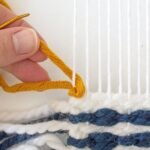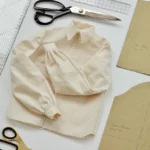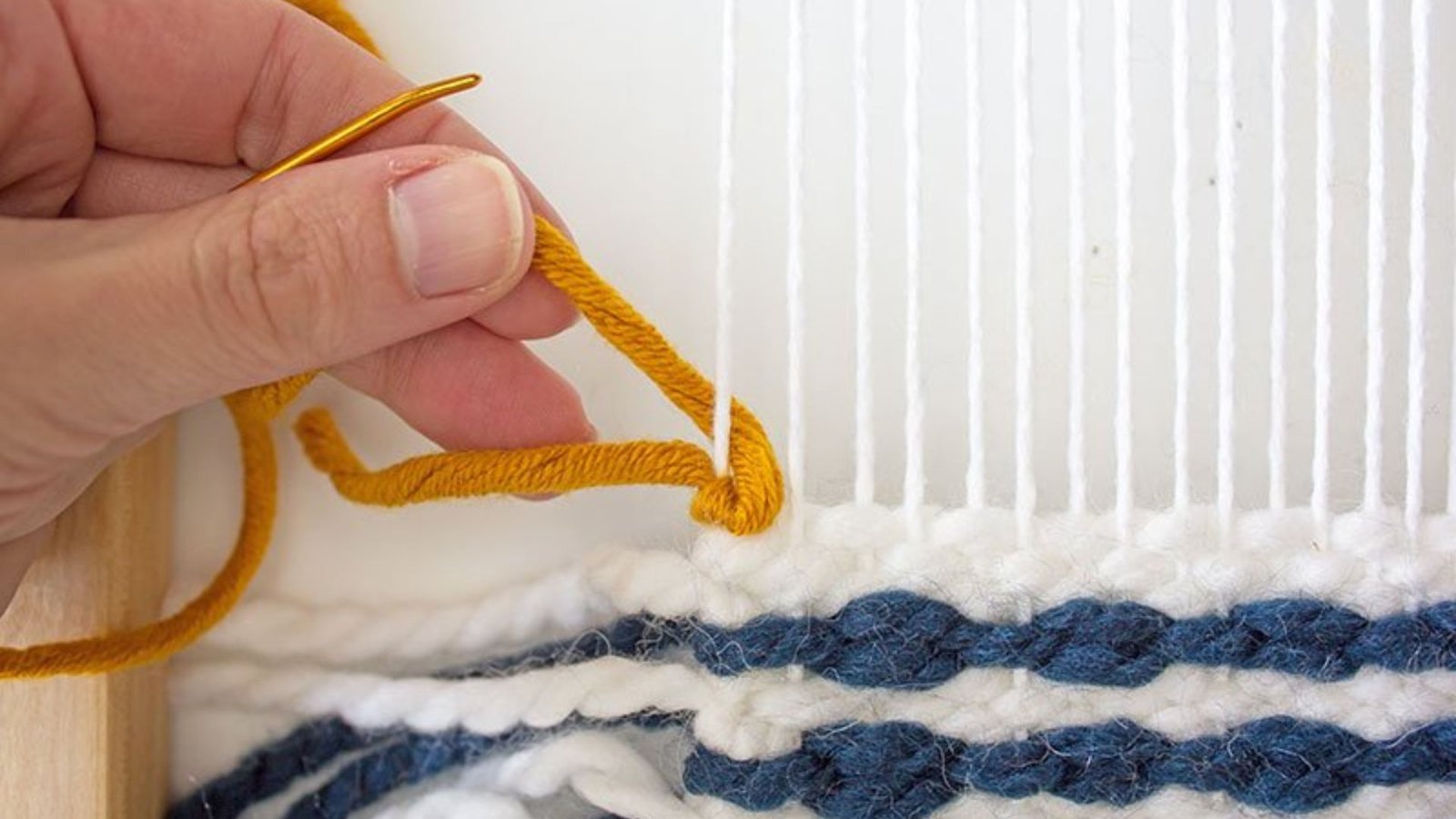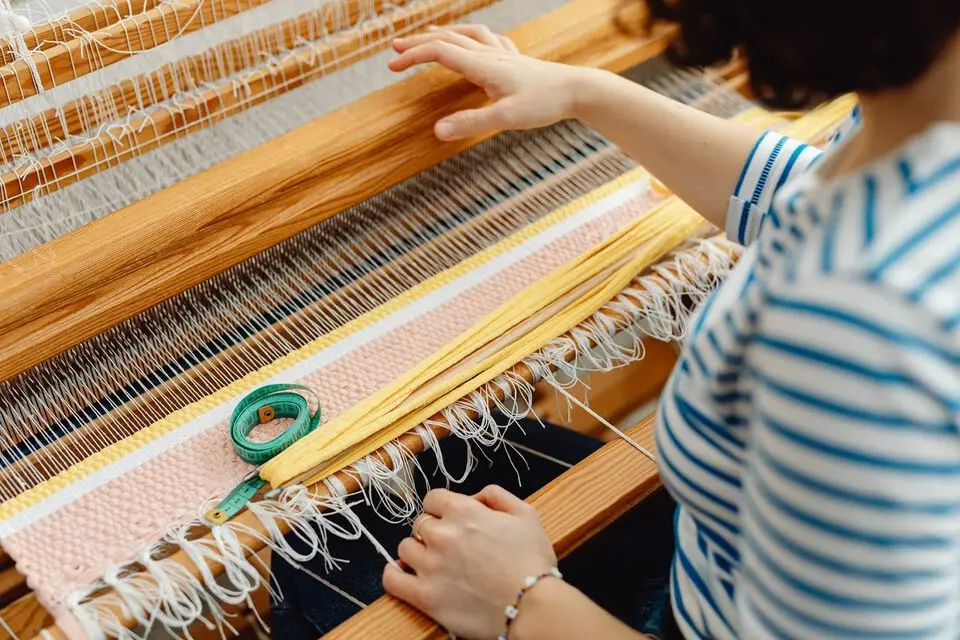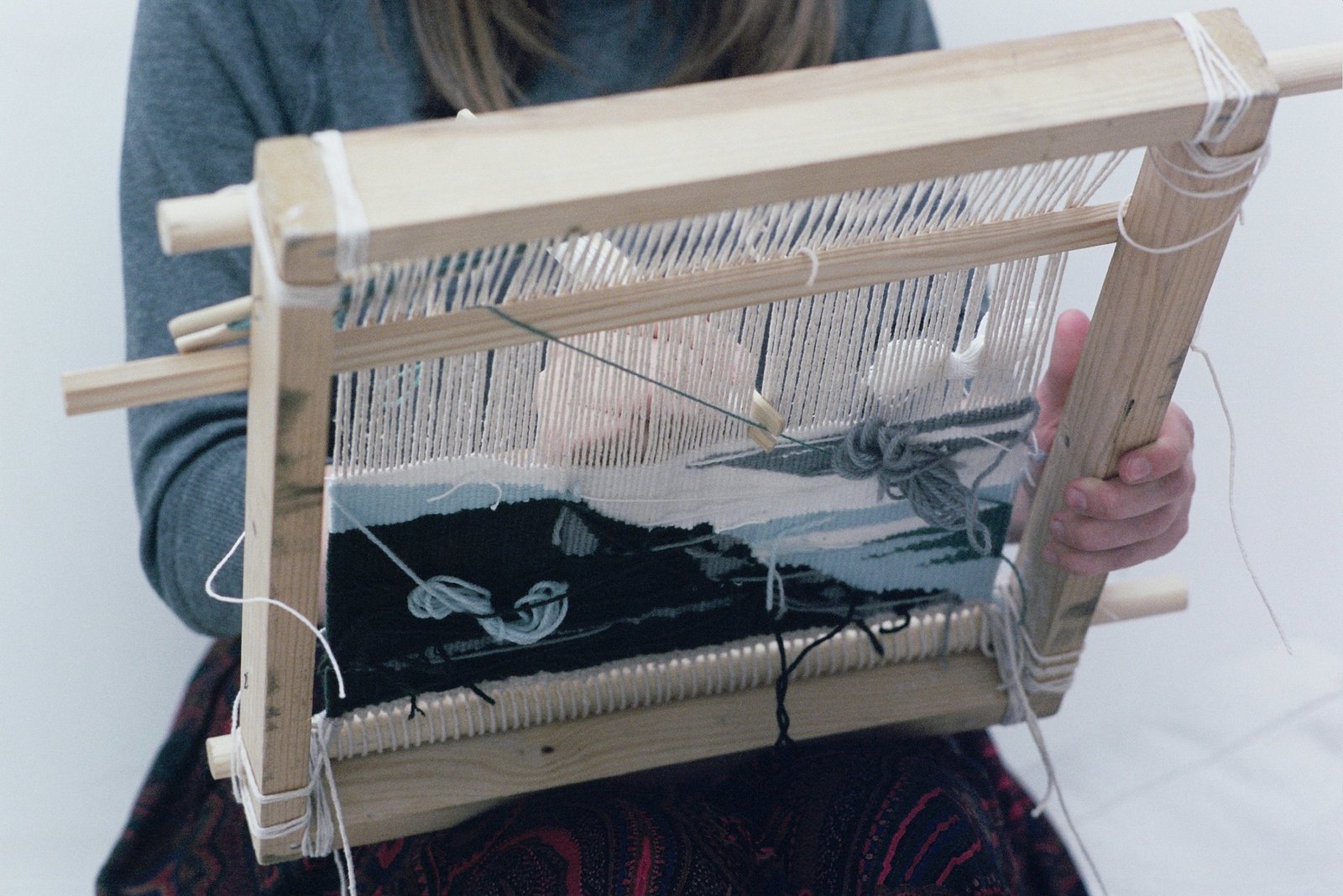Handwoven fabrics hold a unique charm and character that machine-made textiles often lack. The process of handweaving combines artistry with craftsmanship, creating fabrics that tell a story and add a personal touch to any space. This guide explores the magic of handwoven fabrics, highlighting their history, the weaving process, and the benefits of incorporating them into your life.
The Rich History of Handweaving
Handweaving is an ancient craft with roots stretching back thousands of years. Evidence of early weaving dates to ancient civilizations in Egypt, China, and Mesopotamia. Early weavers used rudimentary looms and techniques to create textiles essential for clothing, household items, and ceremonial purposes.
Over centuries, handweaving evolved, incorporating new techniques and designs. Despite technological advances in the textile industry, handwoven fabrics remain prized for their quality, durability, and unique aesthetic.
The Art of Handweaving
Handweaving is a meticulous process that requires skill and patience. The basic steps include:
Preparing the Loom
The loom, a key tool in handweaving, is set up by arranging the warp threads. These vertical threads are attached to the loom and kept under tension. Proper setup is crucial for creating a consistent and well-crafted fabric.
Designing the Pattern
Weavers design patterns, which can range from simple stripes to complex motifs. Patterns are often inspired by cultural traditions, personal preferences, or artistic visions. This step involves deciding on the type of weave (such as plain, twill, or satin) and the arrangement of colors and textures.
Weaving the Fabric
The weaver inserts the weft threads, which pass horizontally over and under the warp threads. This process is repeated until the desired length of fabric is achieved. The weaver uses a shuttle to carry the weft threads and a beater to pack them into place.
Finishing Touches
Once the weaving is complete, the fabric is removed from the loom and finished. This may involve washing, pressing, or adding decorative elements like fringes. The final fabric often undergoes additional treatments to enhance its appearance and texture.
Benefits of Handwoven Fabrics
Handwoven fabrics offer several advantages over machine-made textiles:
Unique Aesthetic
Each handwoven fabric is a one-of-a-kind creation. The combination of materials, patterns, and techniques results in textiles with distinctive characteristics and charm. Handwoven fabrics often feature subtle imperfections that add to their beauty and authenticity.
Superior Quality
Handwoven fabrics are typically crafted from high-quality materials and are made with great care. The handweaving process allows for greater attention to detail and craftsmanship, resulting in durable and long-lasting textiles.
Personal Connection
Handwoven fabrics often reflect the weaver’s personal touch and creativity. Owning or using a handwoven item can create a deeper connection to the craft and the person who made it. This personal connection adds value and significance to the fabric.
Support for Traditional Craftsmanship
By choosing handwoven fabrics, you support traditional artisans and craftsmanship. Handweaving is a skill passed down through generations, and purchasing these fabrics helps preserve cultural heritage and sustain local economies.
Incorporating Handwoven Fabrics into Your Home
Handwoven fabrics can enhance various aspects of your home decor. Here’s how to incorporate them:
Home Textiles
Handwoven textiles, such as throws, pillows, and rugs, can add texture and warmth to any room. They often serve as statement pieces that draw attention and create a focal point in your decor.
Clothing and Accessories
Handwoven fabrics are perfect for unique clothing items and accessories. Scarves, shawls, and garments made from handwoven textiles offer a distinctive look and feel. They can be customized to reflect personal style and preferences.
Art and Decor
Handwoven fabrics can also be used as wall hangings or decorative accents. Tapestries and woven artworks add visual interest and cultural richness to your walls. They can serve as conversation pieces and enhance the overall ambiance of a space.
Caring for Handwoven Fabrics
Proper care is essential to maintain the beauty and longevity of handwoven fabrics:
- Gentle Washing: Handwoven fabrics are often delicate, so hand wash or use a gentle cycle with cold water. Avoid harsh detergents and bleach.
- Drying: Air dry the fabric to prevent shrinkage and damage. Avoid wringing or twisting, which can distort the weave.
- Storage: Store handwoven fabrics in a cool, dry place away from direct sunlight. Use breathable storage bags to protect against dust and pests.

Conclusion
The magic of handwoven fabrics lies in their unique beauty, craftsmanship, and the personal touch of the artisan. From their rich historical roots to their contemporary applications, handwoven textiles offer a special charm that enhances any home. By incorporating handwoven fabrics into your decor, you celebrate tradition, support artisans, and enjoy one-of-a-kind creations that bring warmth and elegance to your space.




